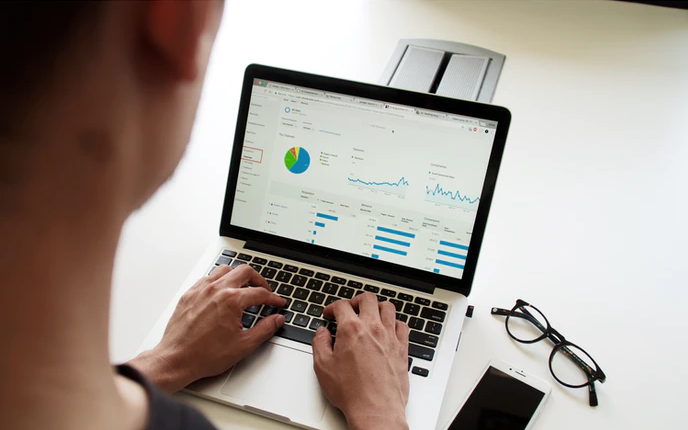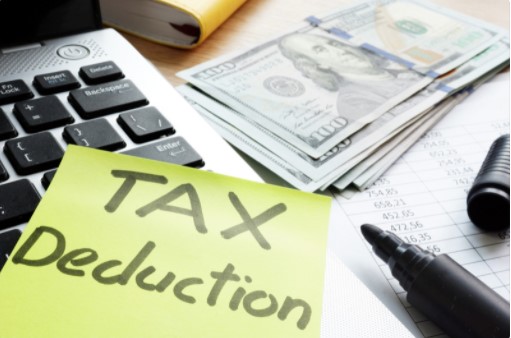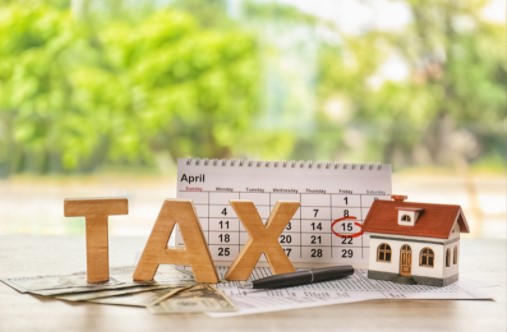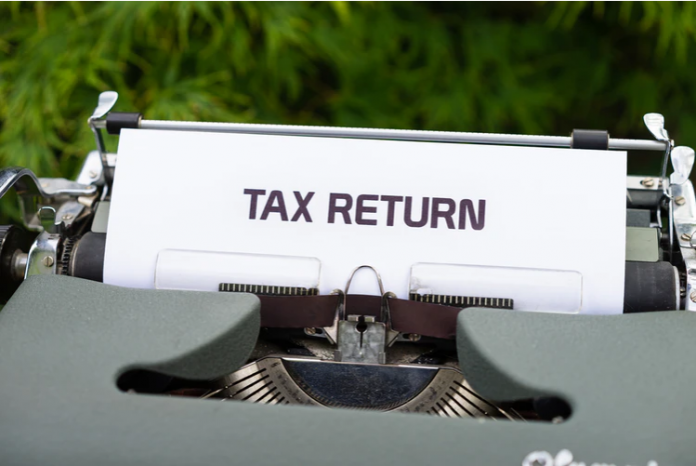Corporation Tax is a tax that all limited liability corporations (LLCs) must pay for their earnings – the revenue left over after overheads and costs are deducted. It’s important to know how to measure corporate tax for small companies if you choose to satisfy Corporation Tax criteria.
What is Corporation Tax for Small Businesses?
 Corporation Tax is payable for all limited liability corporations, regardless of their size. Corporation tax is imposed on dividends as well as any income earned from savings or the sale of capital properties for more than they cost. HMRC receives the tax once a year, and it must be collected by nine months of the close of the financial year.
Corporation Tax is payable for all limited liability corporations, regardless of their size. Corporation tax is imposed on dividends as well as any income earned from savings or the sale of capital properties for more than they cost. HMRC receives the tax once a year, and it must be collected by nine months of the close of the financial year.
Corporation tax is calculated on a self-assessment basis. This means that it is the company’s duty to assess and pay the amount of Corporation Tax due to HMRC before filing your company tax return (CT600), which must be filed with HMRC within 12 months or one year of the end of the financial year.
For example, if the fiscal year runs from January 1 to December 31, you must measure Corporation Tax and pay all tax owed within nine months and one day of the end of the fiscal year. In this scenario, all Corporation Tax due must be paid by October 1. You must also register your business’s tax return by December 31.
For 2018/19, the Corporation Tax rate is 19 percent, and for 2020/21, it will be 18 percent.
How to figure out how much Corporation Tax to pay on a small company?
Calculating your small business Corporation Tax requires some accounting knowledge as well as meticulous bookkeeping. You’ll also need to know about the tax reliefs available to your company, which will help you lower the amount of Corporation Tax you pay. To assist you with preparing the company’s tax return, it’s wise to obtain expert advice from a corporate accountant.
Step one is to figure out how much money you’ll make and how much money you’ll make.
To measure Corporation Tax, you’ll need to build a link to this blog article: profit and loss account explained profit and loss account end link. This should include all tax revenue as well as some interest earnings, such as from a company savings account. Assume a small consultancy firm makes £120,000 in revenue and earns £100 in interest on money held in a business bank account. The estimated profits will be £120,100.
Profits (in £) = 120,000
Earnings from interest (in £) = 100
Total earnings (in £) = 120,000 + 100 = 120,100
Step two is to figure out how much overhead you’ll get.
To calculate the amount your company generates, subtract overhead and other business costs from your trading profits. Note to claim any permissible exemptions and costs from the trading profits and guarantee you pay no further Corporation Tax than is essential. You may only subtract permissible costs, which HMRC defines as those that are “wholly and solely” for commercial purposes. You should be able to claim for something you purchased expressly for your company and don’t use personally.
 Accounting fees, cost of purchases such as supplies or shipping and packaging, wages, pensions, travel, and office costs are also common expenses. To give an example,
Accounting fees, cost of purchases such as supplies or shipping and packaging, wages, pensions, travel, and office costs are also common expenses. To give an example,
Directors salary = 25,000
Professional fees = 2,500
Marketing = 1,000
Insurance = 300
Entertaining = 1,000
Bank charges = 350
Software = 2,300
Travel = 6,000
Office supplies = 325
Subscriptions = 90
Depreciation = 600
Total overheads (adding all the above) = 39,465
Step three is to calculate depreciation and capital allowances
Capital allowances are costs incurred by the company when purchasing fixed assets that can be used for several years, such as computers, plant machinery, and furniture. The asset’s worth would depreciate over time. For eg, the company may calculate that a machine purchased for £1,800 would depreciate at a rate of £600 per year over the course of three years. The commodity has little worth at the end of the three years. Depreciation, on the other hand, is not an acceptable cost and must be factored into the tax equation.
Most fixed asset investments would apply for Annual Investment Allowance tax relief under most small business corporate tax estimates. This potentially writes out up to £200,000 in capital expenditure per year, which will be used to lower the number of earnings subject to Corporation Tax.
 Step four is to calculate expenses of entertaining
Step four is to calculate expenses of entertaining
Client and retailer entertainment charges, such as work lunches, outings to sports competitions, presents, and complimentary samples, are not tax-deductible; you cannot seek tax relief or VAT for these expenses.
Step five is to work out the Corporation Tax
Let’s say you spent £1,800 on fixed equipment last year, which would depreciate at £600 a year for the next three years, and £1,000 on hosting customers. To measure, deduct all capital allowances from the earnings before accounts complete, and add in all depreciation and client entertaining expenses to arrive at the amount eligible for Corporation Tax.
Cumulative sales = £ 120,100
Overheads = £ 39,465
80,635 dollars will be profit before taxes
Entertaining = 600
Depreciation = 1000
Allowances for capital = 1,800
80,435 dollars in profit was subject to Corporation Tax.
Taxes on corporations are owed at a rate of 19 percent, for a total of $15,282.
Profits are taxed at a rate of 19 percent, so divide the responsible benefit by 100 and add the result by 19 to calculate the amount of Corporation Tax owed.
Since every business is unique, it’s always a smart idea to obtain accounting advice from a trained accountant before filing your business tax return. A benefit and loss record depicts a company’s success over a specific time span, normally a year. A company’s benefit (or loss) is determined by subtracting its profits from all market expenses for a given time. The benefit and loss report will contain timing changes in addition to cash refunds and fees for the duration. The benefit in the previous case is £15,282, so you can’t just take that number and add the new income tax rate to it so there might be some tax changes to make.
The below are the primary tax changes that will be made for simple service businesses:
- Entertainers for company
- Capital expenditures and depreciation



































